Mioty (pronounced “My IoT”) offers designers of low power wide area network (LPWAN) devices and networks another set of performance tradeoffs. This FAQ will start with an overview of four examples of technical approaches to ultra-narrowband (UNB) transmission interfaces, including: triple diversity UNB (3D-UNB), telegram splitting UNB (TS-UNB), dynamic download UNB (DD-UNB), and Lfour. It follows up with a deeper dive comparison mioty with higher bandwidth LPWAN alternatives, including the cellular LPWANs NB-IoT and LTE-M, spread spectrum, and LoRa.
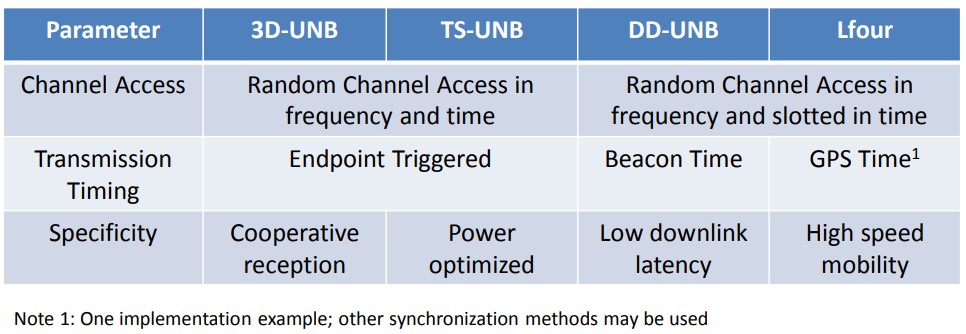
Each of the four technical approaches discussed next have been optimized for specific performance optimization. In some cases, the differences are significant. In other cases, they are subtle.
Sigfox uses 3D-UNB. It supports both uplinks and downlinks and operates with diversity in time, frequency, and space, hence 3D for triple diversity. It is designed for a straightforward radio interface. The key is managing the randomness. Randomness is supported without any coordination between transmitters and receivers. The modulation uplink is based on differential binary phase shift keying, while the downlike is based on gaussian frequency shift keying. The maximum coupling loss (MCL) is 149dB. Transmit power varies and is 25 mW in Europe and 150 mW in the U.S. The 3D-UNB approach used by Sigfox is often referred to as a set of communications rules rather than a full communications protocol.
The Lfour approach used by Sony Semiconductor is specified for uplink communication only and is optimized for high-speed mobility applications. A chirp modulated BSPK or BPSK is used, and the bandwidth ranges between 50 and 160 kHz. The MCL is between 150dB and 155dB. Lfour uses a star or extended star topology and may use auxiliary time synchronization methods like GPSK to simplify base station operation. The forward error correction uses the IEEE 802.15.4w LDPC code. Additionally, packets may be transmitted multiple times to coherently add the multiple transmissions in the receiver for enhanced robustness.
TS-UNB is used by mioty and offers a choice of bidirectional or unidirectional communications. Mioty uses telegram splitting to break messages down into smaller packets and has a low power consumption of 17.8 μWh per message. In addition, for improved robustness, TS-UNB uses frequency hopping, resulting in a typical effective bandwidth of 100kHz (standard mode) or 725kHz (wide mode). The MCL is between 153dB and 164dB on the uplink and 161dB on the downlink. Like Lfour, TS-UNB supports a star or extended star network topology. The forward error correction is optimized for highly interfered channels and is similar to IEEE 802.15.4w. It uses a rate 1/3 convolutional code (Lfour uses a ¼ code) and spreads the encoded data on several radio bursts, which are then transmitted on different frequencies. Up to 50% of the packets can be lost with no loss of data at the receiver.
The DD-UNB technology used by Telesna only supports bi-directional communication; all endpoints have to support bidirectional communication. It is optimized for low downlink latency. The modulation uses binary frequency shift keying (FSK) with a symbol rate of 500 Syms/s with a Bose–Chaudhuri–Hocquenghem (BCH) code for cyclic forward error- correction. The specification does not define the MCL, but depending on the data rate, it will be about 150dB. Frequency hopping is used to improve robustness. The DD-UNB family supports a star or extended star topology. In addition, orphan endpoints can be connected using a relay link through another endpoint to improve coverage.
In addition to comparing mioty with other approaches to UNB technology, it is useful to compare mioty with the broader universe of LPWAN technologies, including those that can support significantly more bandwidth.
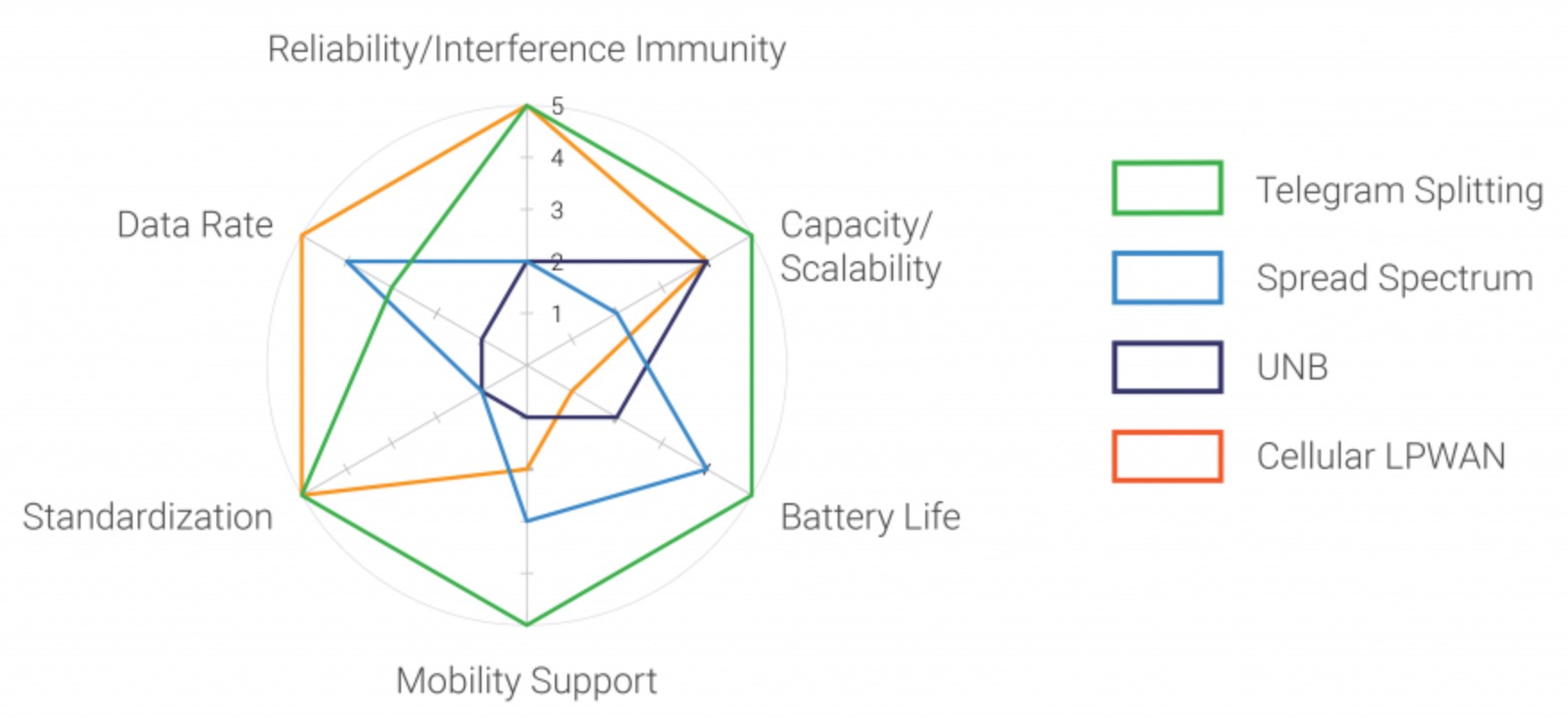
NB-IoT and LTE-M (licensed)
Cellular-based LPWANs such as NB-IoT and LTE-M are based on 3GPP cellular communications standards and use spectrum licensed by cellular network operators. The commercial infrastructure offers several advantages: higher data rates, carrier-grade security, and no channel interference from other devices or systems for potentially higher reliability. The higher quality of service (QoS) of cellular LPWANs brings other tradeoffs.
Higher power consumption is needed to achieve the higher QoS and scalability of cellular LPWANs. That means that NB-IoT and LTE-M nodes have shorter battery lives or require much larger batteries. A significant factor in the increased power consumption is the need for time and frequency synchronization and handshaking that is needed to avoid collisions resulting from simultaneous transmissions by multiple. This ensures no channel interference but incurs cost in energy consumption. The increase in power consumption is not necessarily predictable. For example, several transmissions to the base station may be needed before a node gets permission to transmit a signal.
Once permission to transmit is received, cellular LPWANs have higher peak data rates than UNB devices (250 Kbits/s for NB-IoT and over 1 Mbit/sec for LTE-M). Higher data rates require higher power consumption. Higher data rates, and connectivity in general, are not guaranteed with these technologies. Remote locations or sparsely-populated areas typically have lower levels of cellular service, limiting the deployment possibilities for NB-IoT and LTE-M devices. Longer-term support may also be limited as cellular rates and coverage are dynamic, not fixed or guaranteed over the longer term.
NB-IoT, in particular, is optimized and specified for stationary transmissions, not moving devices. Finally, cellular-based LPWANs are more expensive, sometimes requiring proprietary equipment and always incurring cellular connectivity costs. NB-IoT and LTE-M can be good choices for specific application cases, but users need to weigh the tradeoffs needed to get the higher QoS and better security.
LTE-M was designed to address some of the shortcomings of NB-IoT. It is part of releases 13 of the 3GPP standards. Specifically, LTE-M aims to reduce power consumption and device costs while enabling better coverage in challenging environments such as deep into buildings. It also improved the bandwidth of NB-IoT and can provide a higher level of security.

Spread spectrum (license-free)
An alternative approach to improving range without compromising data rate is spread spectrum technology. There are several ways to implement spread spectrum. The most common method is the proprietary Chirp Spread Spectrum (CSS) discussed in the next section on LoRa. First will be a general review of spread spectrum technology.
Spread spectrum technology spreads a narrowband signal over a wider bandwidth, which results in a noise-like signal that’s hard to detect and therefore hard to intercept. Processing gain (or coding gain) is added to improve receiver sensitivity and compensate for the higher noise. There’s a tradeoff between lower data rates and/or less on-air time when adding more coding gain and higher spread factors to improve transmission range.
Since the bandwidth used for transmission is much wider than necessary for information transmission, spectrum efficiency is low. In installations where several gateways share the same (unlicensed channels) with asynchronous transmissions, messages from the various nodes will often overlap. That leads to data losses and places limits on overall network capacity.
As the range of spread-spectrum implementations increases, scalability becomes more challenging. Higher spread factors are needed to increase transmission ranges. That, in turn, increases transmission times and the possibility of packet collisions. The use of different bandwidths and spreading factory by different nodes or even the same node over time can improve network capacity. While this helps, it also increases network management complexity.
LoRa (license-free)
LoRa (Long Range) WAN is a patented implementation of spread spectrum technology offered by Semtech, the founding member of the LoRa Alliance. In terms of cost and performance, LoRa and lies somewhere in between the higher bandwidth cellular-based technologies discussed above and mioty. It can be useful to compare and contrast LoRa with both mioty and NB-IoT. In the short term, LoRa may be mioty’s most direct competition.
LoRa uses CSS technology on license-free sub-GHz spectrum. Compared with NB-IoT, LoRa nodes consume less power, which supports longer battery lives. LoRa can support a 15+ year battery life using case scenarios that compare with 10+ years for NB-IoT and 20+ years for mioty.
In terms of data rates, security and latencies, it’s more complicated. Peak data rate for NB-IoT is 60 Kbps, Lo Ra’s peak data rate is nearly the same at 50 Kbps, while mioty is much slower are 512 bps. NB-IoT is a more secure solution with 256-bit 3GPP encryption than AES 128-bit for LoRa and mioty. Latency on NB-IoT and mioty is usually lower than for LoRa.
LoRa and NB-IoT can be simpler to deploy than mioty. LoRa supports self-deployment capabilities and has a mature ecosystem of chipsets, gateways, and cloud services, enabling organizations to take full ownership of the associated wireless infrastructure. NB-IoT is supported by cellular carriers, which can speed its implementation for those organizations that want a simplified or outsourced solution. Mioty is still relatively immature and requires more effort on the part of users to implement operating networks.
Cost is another area where LoRa lies between mioty and NB-IoT. LoRa and mioty both benefit from the use of a license-free spectrum. And both have less expensive physical implementations compared with NB-IoT. But, since there are licensing fees associated with LoRa and mioty, a cost analysis should be done on a case-by-case basis. NB-IoT is the most-costly of these three. In addition to higher cost hardware, NB-IoT incurs connectivity costs from cellular providers.
Summary
As shown, mioty offers LPWAN designers a new set of performance tradeoffs. That is true whether mioty is compared with existing UNB technologies such as 3D-UNB, other TS-UNBs, DD-UNB, or Lfour. Or if mioty is compared with higher bandwidth LPWAN alternatives such as the cellular LPWANs NB-IoT and LTE-M, spread spectrum, or LoRa. Mioty has been optimized for a specific set of applications. That will be the focus of the third and final FAQ in this series: “Mioty LPWAN – what’s it good for?”
References
Comparative Analysis of Channel Models for Industrial IoT Wireless Communication, IEEE
LPWAN Technologies Comparison #2, Behr Technologies
mioty alliance, mioty
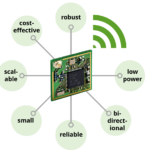

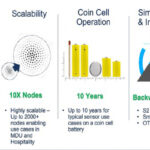
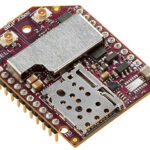
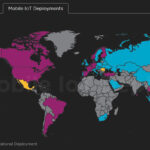
Leave a Reply